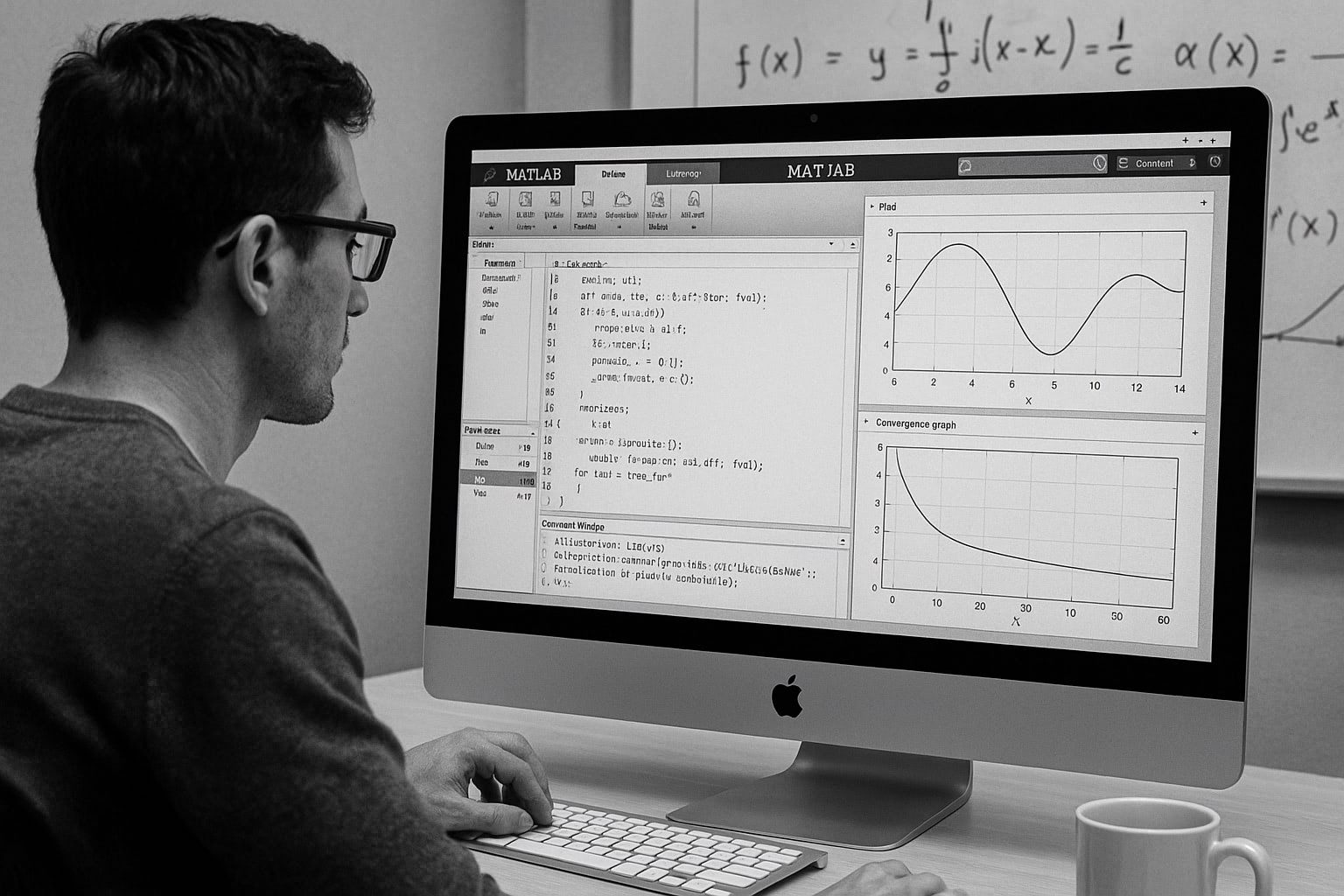gnuplot / intro / plotfunc
Introducing to gnuplot — FunctionsUser-Defined Functions If you can write an equation, gnuplot can calculate it. I mean, Maybe gnuplot users are not so interested in plotting functions, The function we are thinking here is the Lorentzian plus background  Definition of a function is similar to Fortran or C programming gnuplot> a=0.25 gnuplot> b=0.02 gnuplot> c=0.05 gnuplot> d=0.1 gnuplot> f(x)=c/((x-a)*(x-a)+b)+d/sqrt(x) gnuplot> set xrange [0:1] gnuplot> set yrange [0:4] gnuplot> plot f(x)  Values of the function Since gnuplot calculates user-defined functions numerically gnuplot> print f(0.25) 2.7 gnuplot> print f(0.4) 1.33458447124371 gnuplot> a=0.4 gnuplot> print f(0.4) 2.65811388300842 To obtain the calculated values in a tabulated format, which can be gnuplot> set term table Terminal type set to 'table' gnuplot> plot f(x) #Curve 0, 100 points #x y type 0 0 u 0.010101 1.63972 i 0.020202 1.39031 i 0.030303 1.30688 i .... 0.979798 0.191506 i 0.989899 0.188622 i 1 0.185837 i gnuplot> set output "calc.plt" gnuplot> replot Search for the parameters with a Least-Squares Method We now fit the function to experimental data, and obtain best values 2.5000E-03 3.0420E+00 6.47E-01 3.5000E-03 2.5700E+00 4.37E-01 4.5000E-03 2.3020E+00 2.53E-01 ... 7.0000E-01 2.7420E-01 2.14E-03 7.5000E-01 2.5680E-01 1.81E-03 8.0000E-01 2.4630E-01 1.59E-03 The data file consists of 3 columns, each of which is (x,y,z) data First of all, we show the data and function in one plot. As shown in gnuplot> set xlabel "Energy [MeV]" gnuplot> set ylabel "Cross Section [b]" gnuplot> set xtics 0.1 gnuplot> set ytics 0.5 gnuplot> plot f(x) title "Lorentzian", > "exp.dat" using 1:2:3 title "experiment" with yerrors
As I said that the parameters, a,b,c, and d, are arbitrary, but they It is quite easy to do a least-squares fitting with gnuplot. gnuplot> fit f(x) "exp.dat" using 1:2:3 via a,b,c,d Iteration 0 WSSR : 96618.1 delta(WSSR)/WSSR : 0 delta(WSSR) : 0 limit for stopping : 1e-05 lambda : 1150.73 initial set of free parameter values ... After 17 iterations the fit converged. final sum of squares of residuals : 3341.93 rel. change during last iteration : -5.29173e-06 degrees of freedom (ndf) : 47 rms of residuals (stdfit) = sqrt(WSSR/ndf) : 8.43237 variance of residuals (reduced chisquare) = WSSR/ndf : 71.1049 Final set of parameters Asymptotic Standard Error ======================= ========================== a = 0.26191 +/- 0.005759 (2.199%) b = 0.00251445 +/- 0.0008358 (33.24%) c = 0.00541346 +/- 0.0009206 (17.01%) d = 0.182469 +/- 0.007329 (4.016%) correlation matrix of the fit parameters: a b c d a 1.000 b 0.042 1.000 c -0.229 0.783 1.000 d 0.210 -0.538 -0.768 1.000 gnuplot> replot  As shown above, the fitted function is not so good except for the gnuplot> e=-0.5 gnuplot> f(x)=c/((x-a)*(x-a)+b)+d*x**e gnuplot> fit f(x) "exp.dat" using 1:2:3 via a,b,c,d,e ... Final set of parameters Asymptotic Standard Error ======================= ========================== a = 0.25029 +/- 0.002106 (0.8412%) b = 0.00197707 +/- 0.0002747 (13.89%) c = 0.00550098 +/- 0.0003662 (6.657%) d = 0.21537 +/- 0.003743 (1.738%) e = -0.358371 +/- 0.0115 (3.208%) correlation matrix of the fit parameters: a b c d e a 1.000 b 0.021 1.000 c -0.078 0.788 1.000 d -0.110 -0.384 -0.500 1.000 e -0.304 0.198 0.335 0.381 1.000 gnuplot> replot
Still its not perfect. Fixing a=0.24 and search only for Output in the Postscript format As shown in Experimental Data section. gnuplot> set linestyle 1 lt 1 pt 7 gnuplot> set linestyle 2 lt 2 lw 3 gnuplot> set size 0.6,0.6 gnuplot> set term postscript eps enhanced color Terminal type set to 'postscript' Options are 'eps enhanced color dashed defaultplex "Helvetica" 14' gnuplot> set output "exp.ps" gnuplot> plot"exp.dat" using 1:2:3 title "experiment" with yerrors ls 1, > f(x) title "Lorentzian" with line ls 2  |






